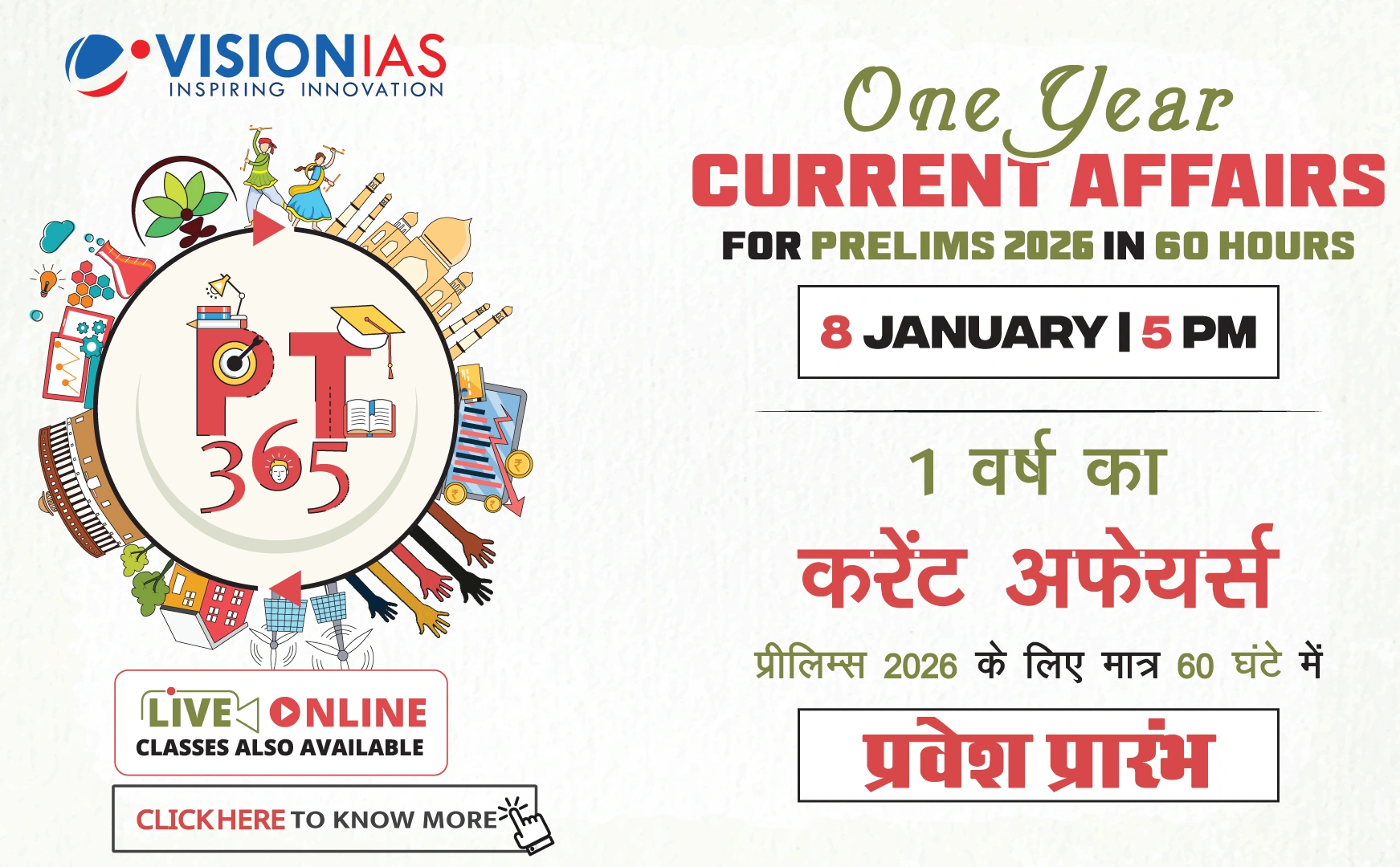Overview of Census 2021 Announcement
The Government of India has announced the commencement of Census 2021, now scheduled to take place in two phases: October 1, 2026, and March 1, 2027. This comes as a significant move since it is the first time since 1931 that granular caste data will be captured, extending beyond the usual classifications of Scheduled Castes (SCs) and Scheduled Tribes (STs).
Historical Context of the 1931 Census
Geographical and Logistical Challenges
- British India in 1931 extended from Baluchistan to Burma, involving a massive logistical challenge for Census Commissioner John Henry Hutton.
- Enumerators faced physical challenges, with some tasked to cover enormous areas such as 836 square miles in Baluchistan.
Political Challenges
- The 1931 Census coincided with civil disobedience movements, including the Gandhi-Irwin Pact and protests led by the Indian National Congress.
- Despite the Congress calling for a "Census Boycott Sunday," the impact was minimal, confined mostly to regions in Gujarat.
Economic Challenges
- The Census was conducted during the Great Depression, causing budget constraints and reduced expenditure compared to previous censuses.
- Total expenditure for the 1931 Census was Rs 48.76 lakh, cheaper per capita than the 1921 Census due to unpaid enumerators.
Additional Challenges
- Enumerators faced local resistance, such as superstitious refusals to house numbering among the Bhils.
- Physical dangers included attacks by wild animals, with one account of a tiger attack on a Census inspector's vehicle.
Key Findings of the 1931 Census
Population Statistics
- The population of British India was recorded at 35.05 crore, marking a 10.6% growth from the previous decade.
- Improvements in public health and universality of marriage were cited as reasons for this growth.
Population Distribution
- Population density varied, with Chagai, Baluchistan being the least dense and Cochin State the most dense area.
- Calcutta was the most populous city, followed by Bombay, Madras, Hyderabad, and Delhi.
Caste Enumeration in the 1931 Census
- The Census recorded individual castes, with significant resistance in Punjab influenced by the Arya Samaj.
- Inconsistencies in caste nomenclature made data collection challenging, with terms varying significantly across regions.
Notable Investigative Work of Shyamlal Yadav
Shyamlal Yadav is recognized for his investigative journalism, utilizing the Right to Information (RTI) for impactful reporting on various social and political issues. His work has been part of significant global investigations, adding credibility and influence to his journalistic pursuits.



